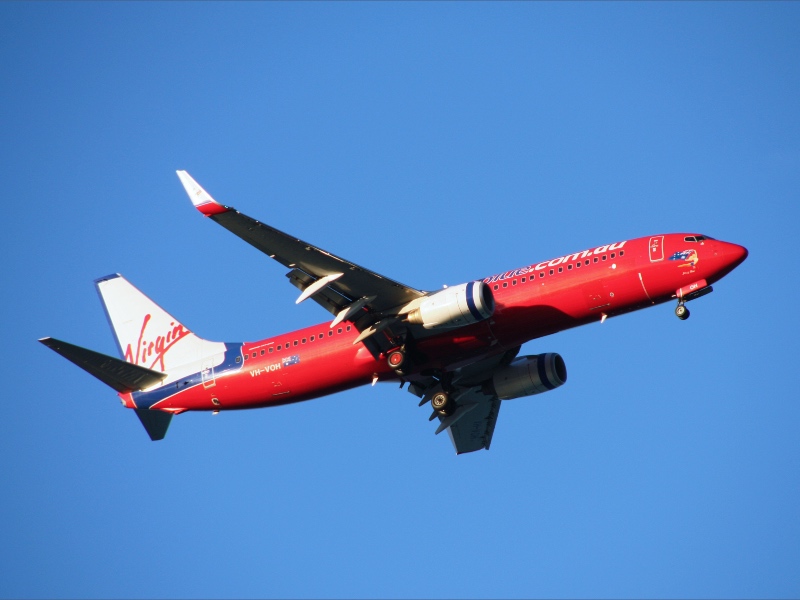
In the seven years leading up to the pandemic, Virgin Australia never once made an annual profit. Already in a weak financial position, it didn’t take long after COVID-19 hit for Australia’s second-largest airline to enter voluntary administration.
Virgin Australia had been a good airline that was popular with passengers, but for too long was not a good business.
The airline began its life in August 2000 as Virgin Blue, flying a couple of Boeing 737s between Brisbane and Sydney. It was a fun low-cost carrier that went on to massively disrupt the Australian aviation market with its low fares and customer focus.
Not content with the budget airline’s ability to compete head-on with Qantas, then-CEO John Borghetti rebranded the airline in 2011 as Virgin Australia. He attempted to convert it into a full-service carrier and in many ways succeeded. Unfortunately, history shows us that Borghetti failed to create a sustainable business that would make money over the long term.
The “original” Virgin Australia of last decade did certainly do some things well. For example, the long-haul flying to Los Angeles, mainline domestic operations (particularly on the “golden triangle” between Sydney, Melbourne and Brisbane) and the Velocity Frequent Flyer program made money.
The airline was great for the Australian flying public, too, as it brought serious competition into the market. Its excellent lie-flat “the business” product on the Airbus A330s and Boeing 777s, for example, also forced Qantas to introduce lie-flat beds on its domestic Airbus A330 aircraft.
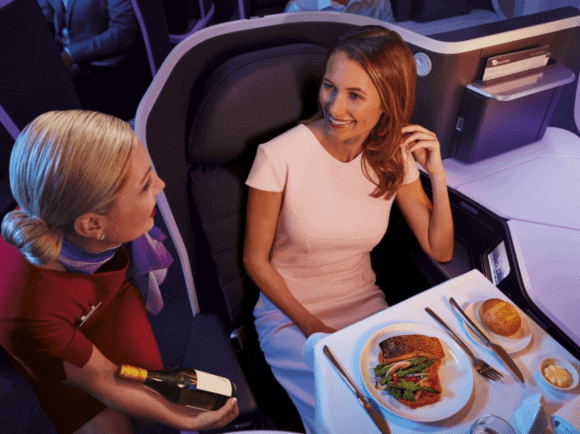
But that airline did not meet the needs of all stakeholders. The airline had a complex ownership structure and its shareholders (mostly foreign airlines) had competing interests.
Ultimately, none of those shareholder airlines – nor members of the Australian public who had purchased Virgin shares on the stock market – made a return on their investments due to the airline collapsing into voluntary administration in 2020.
Virgin Australia is now in its third phase
Virgin Australia has since restructured its business, emerging from voluntary administration in November 2020. Its new owner, US private equity firm Bain Capital, has repositioned the airline as a mid-market carrier that provides “value” to customers – rather than being full-service for the sake of it.
Virgin no longer offers included checked baggage on all fare types, nor any free food in Economy Class. But the airline still offers Business Class (which is now arguably very good value) and airport lounges – albeit around half as many as before.
Some commentators, including myself, were initially skeptical of Virgin’s strategy of being in the middle between Qantas and Jetstar. Many airlines have attempted the “hybrid” strategy of being all things to all people. Many have failed as they were squeezed by the full-service and low-cost competitors on either side, which took away customers on both ends of the market.
But Virgin seems to have proven me wrong.
Virgin has found a good middle-ground
By all accounts, Virgin Australia seems to be in a pretty good place right now.
As it’s no longer a publicly listed company, it’s impossible to know exactly how profitable the airline is at the moment. But the CEO publicly stated last month that the airline has returned to profitability and is now on solid financial ground. The company may even be in a good enough position to float on the ASX next year.
Anecdotally, many of Virgin’s flights have also been full lately. Load factors alone are not necessarily an indicator of profit as fares could have been sold below cost, but strong ticket sales certainly helps!
With Virgin now making money again, the owners ought to be happy. But they aren’t the only stakeholders benefiting from Virgin’s revival.
A healthy Virgin Australia is good for the airline’s supply chain, the tourism industry, Australia’s economy and of course the airline’s workforce. In fact, the airline has been on a hiring spree recently. Customers also seem reasonably happy with Virgin’s service, on-board wifi will be back soon and the airline has new Boeing 737 MAX aircraft on the way.
Some people did unfortunately get screwed over by the voluntary administration. Apart from the former shareholders, and perhaps Rex (which reportedly banked on Virgin’s collapse), some people have also lost air service as Virgin Australia has scaled back its regional and international networks. Some former customers have also been left with Future Flight credits they can’t use because they live in other countries that Virgin no longer flies to.
With a fleet now consisting exclusively of Boeing 737s and Airbus A320s, Virgin no longer has suitable aircraft to operate some of the routes it used to fly (like Sydney-Los Angeles or Sydney-Tamworth). The loss of “the business” is also disappointing for frequent flyers.
But Virgin’s leased Airbus A330s and the ATR72s of its regional division were arguably too expensive to operate profitably. Many of the routes that Virgin has abandoned, such as Brisbane-Port Moresby, Sydney-Tonga, Brisbane-Dunedin or Auckland-Rarotonga, would have been barely making money before the pandemic anyway.
Virgin won’t be flying to Los Angeles again any time soon using its own aircraft, but it has partnered with United Airlines and Air Canada to offer good connectivity into North America. Meanwhile, it is now slowly rebuilding other parts of its international network.
Following the relaunch of flights to Fiji and Bali, Virgin Australia yesterday resumed flights to New Zealand for the first time since 2020. At this stage, Queenstown will be the only destination in New Zealand served with direct flights from Australia. Virgin has not announced any intention of resuming flights to Auckland, Wellington, Christchurch or Dunedin. But the return of Queenstown flights is a step in the right direction.
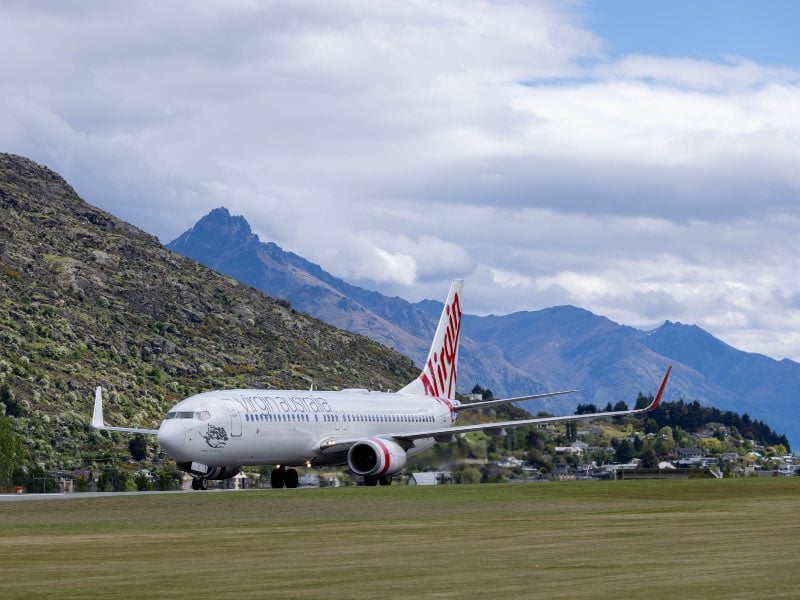
Next month, Virgin will launch direct Adelaide-Bali flights. Next March it will also launch a Gold Coast-Bali route and resume services to Port Vila and Apia. The airline will likely need to launch flights to Tokyo by the end of March 2023 as well if it wants to retain its lucrative Haneda Airport slot.
Velocity Frequent Flyer has also become a lot more attractive in recent times. Partner airline redemptions were blocked during the pandemic, but Velocity has now reinstated most of these (excluding Singapore Airlines First Class redemptions). The program has also added new partners including Qatar Airways and reinstated the option to convert points into Singapore Airlines KrisFlyer miles. Velocity reward seat availability is also now considerably better on key routes than Qantas award availability.
Some might say that Virgin has been assisted this year by Qantas’ customer service woes. But it is also doing plenty to attract customers in its own right.
If Virgin Australia can maintain its current trajectory, and there isn’t another shock event like a pandemic or a huge recession in the near future, it should be well on track to float on the ASX next year. And it should remain a key part of the Australian aviation landscape for many years to come.
Virgin Australia recently launched a new logo and a flashy new marketing campaign. There are also rumours of a new livery coming to mark Virgin’s transition into the third stage of its life cycle. Given the airline’s remarkable turnaround, it seems like a good time for this.
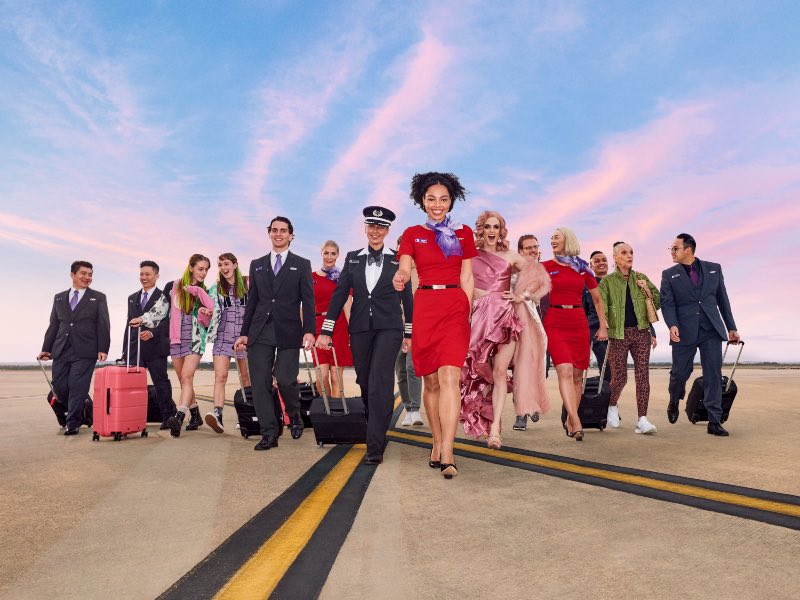
If Virgin Blue wasn’t quite right, and the original version of Virgin Australia wasn’t profitable, the third iteration may be just right. Goldilocks would be happy.
You can leave a comment or discuss this topic on the Australian Frequent Flyer forum.
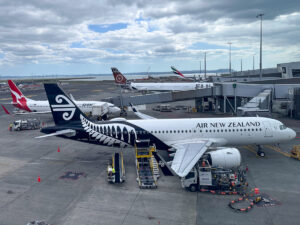


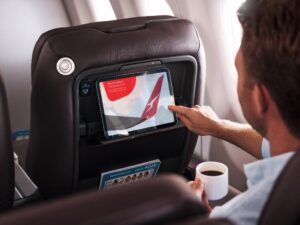
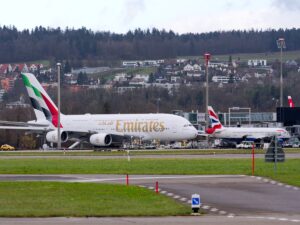


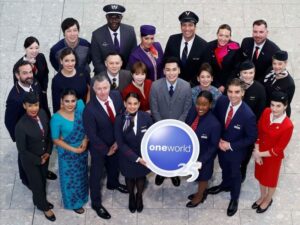




















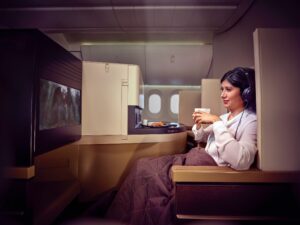


















































Community Comments
Loading new replies...
Join the full discussion at the Australian Frequent Flyer →